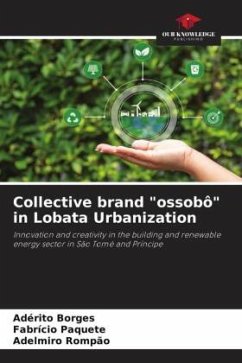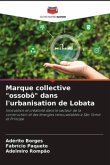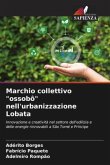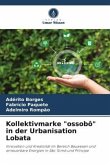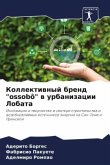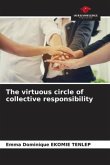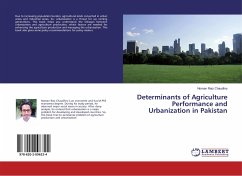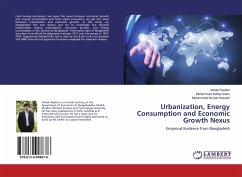Building allows São Tomé and Príncipe to mitigate and adapt to the effects of climate change by discouraging the intensive use of sand, wood for construction, reducing the use of fossil fuels and making room for the use of solar panels and other types of renewable energy.The construction of new green buildings, or the adaptation of old buildings to new sustainable practices, is one of the ways to create cities that offer greater well-being. Self-sufficient, a green building can mean a reduced, or even close to zero, environmental impact. The collective mark "ossobô" aims to certify this infrastructure based on the green economy.
Bitte wählen Sie Ihr Anliegen aus.
Rechnungen
Retourenschein anfordern
Bestellstatus
Storno

